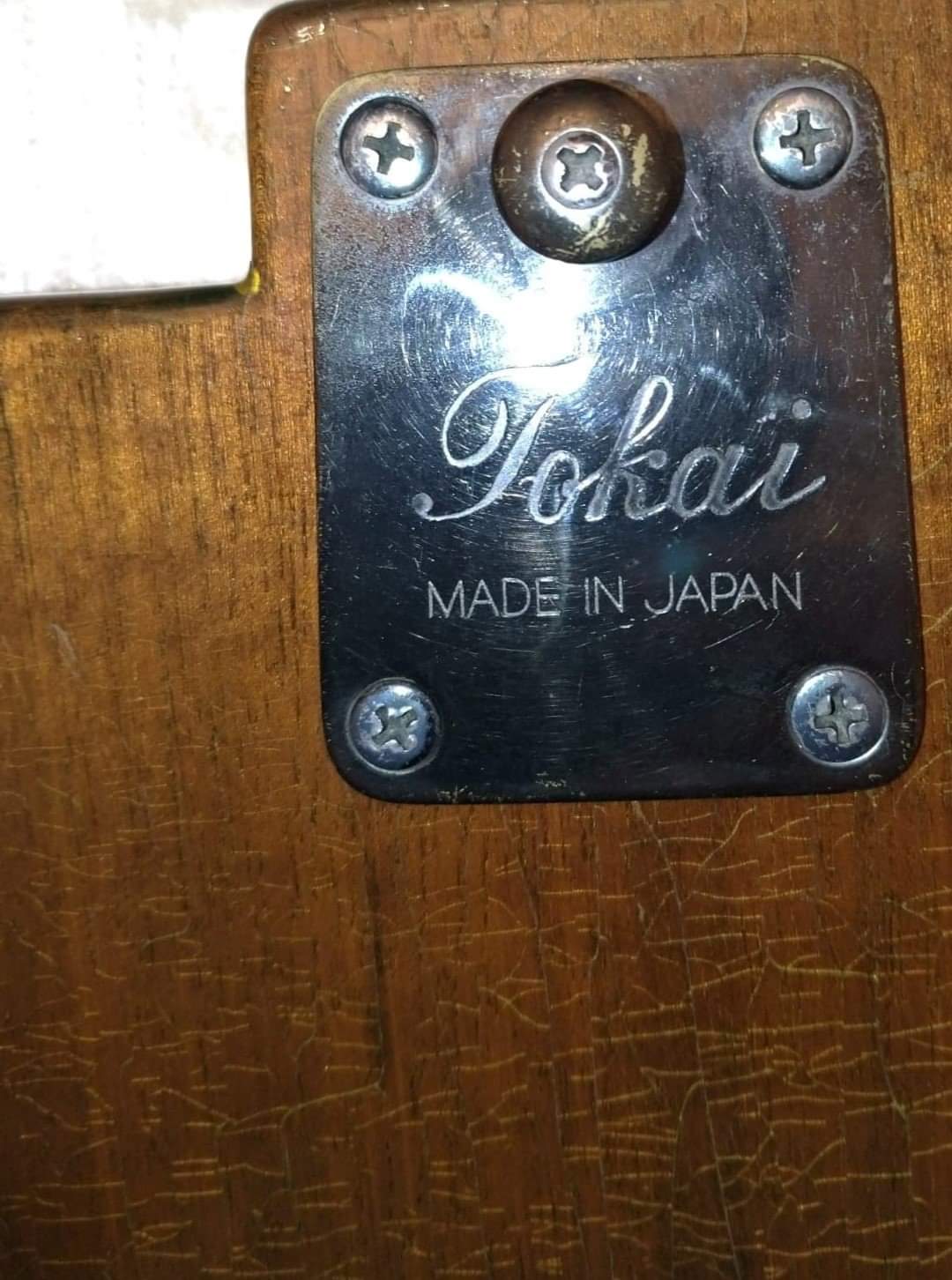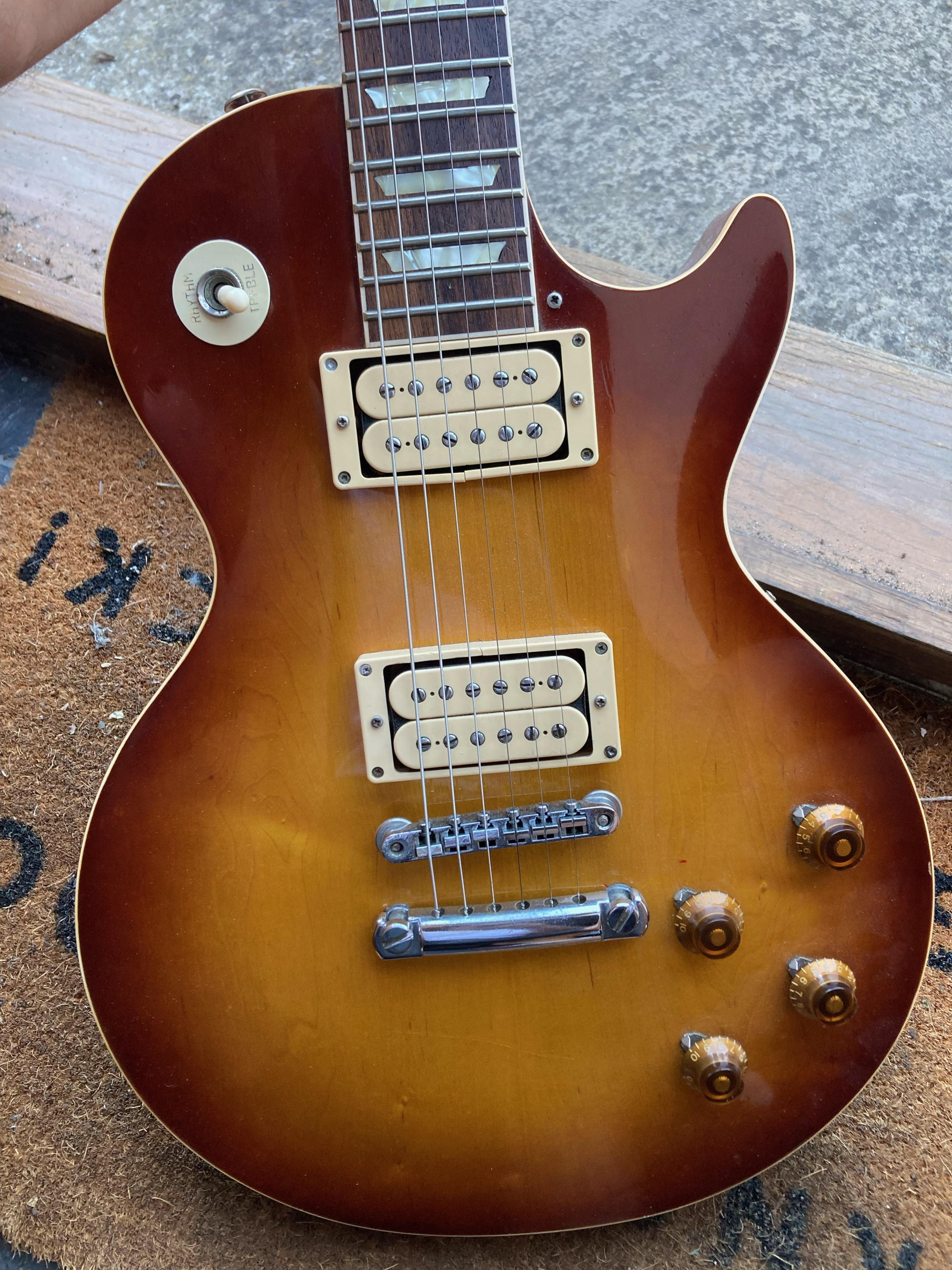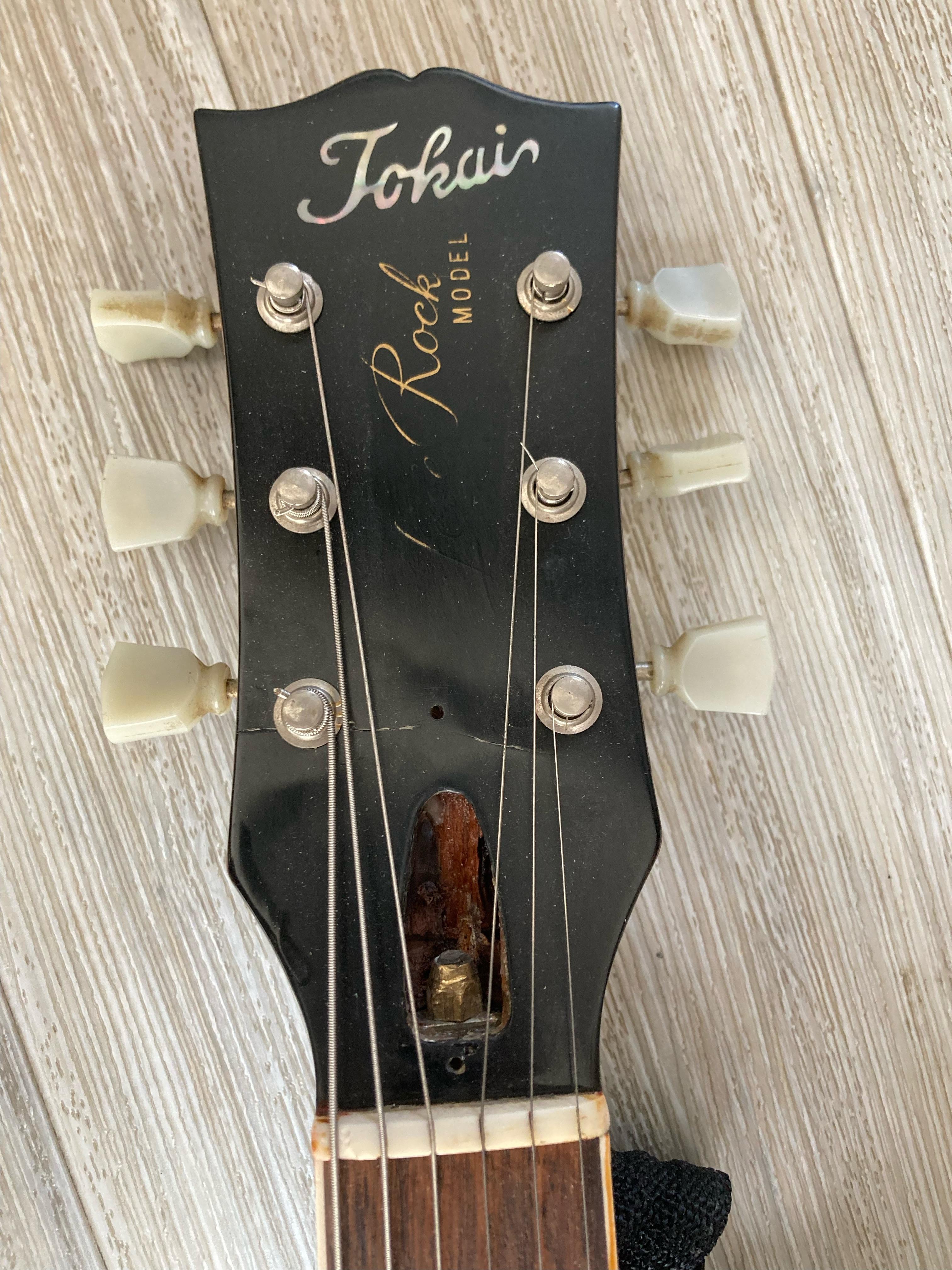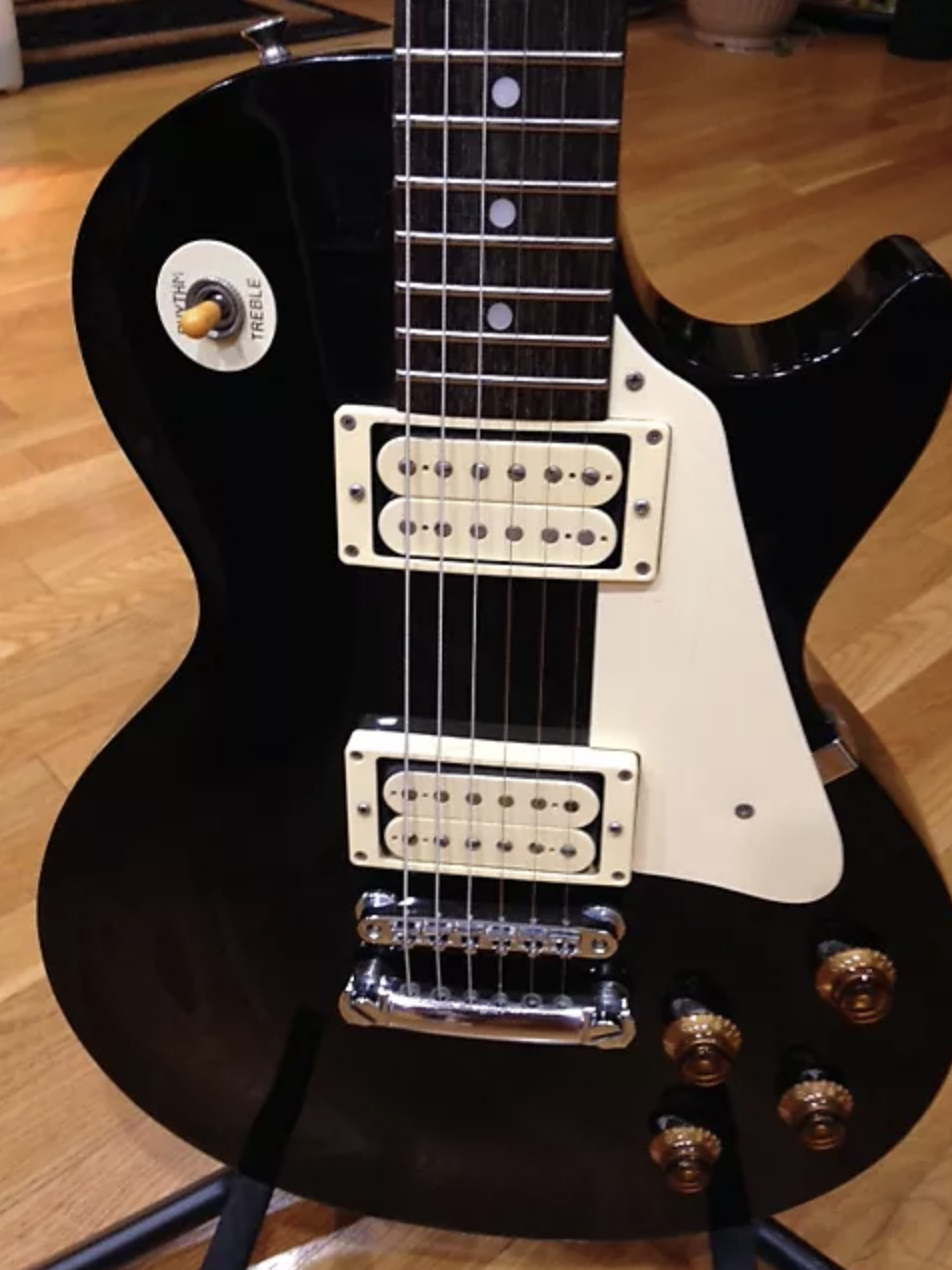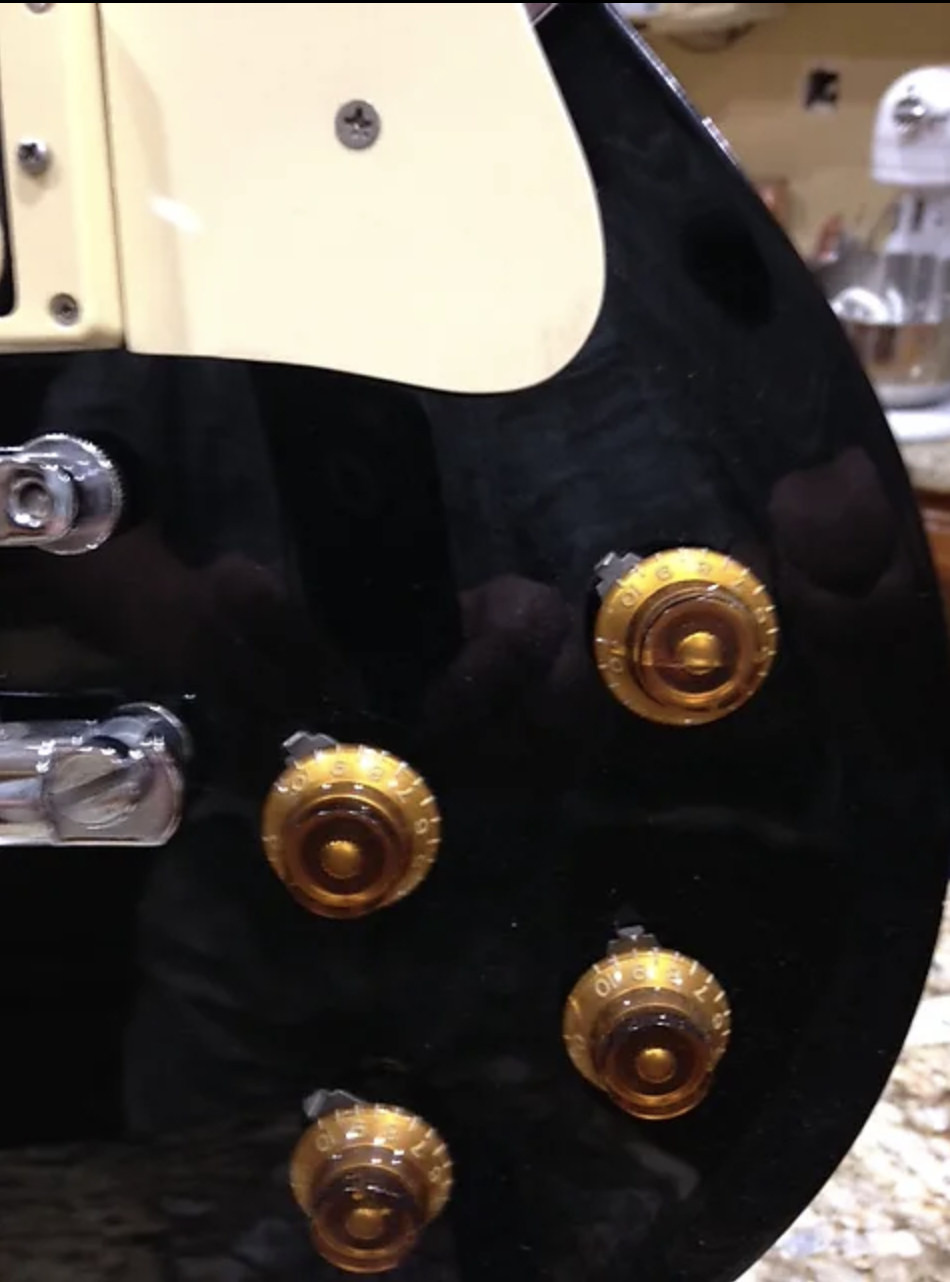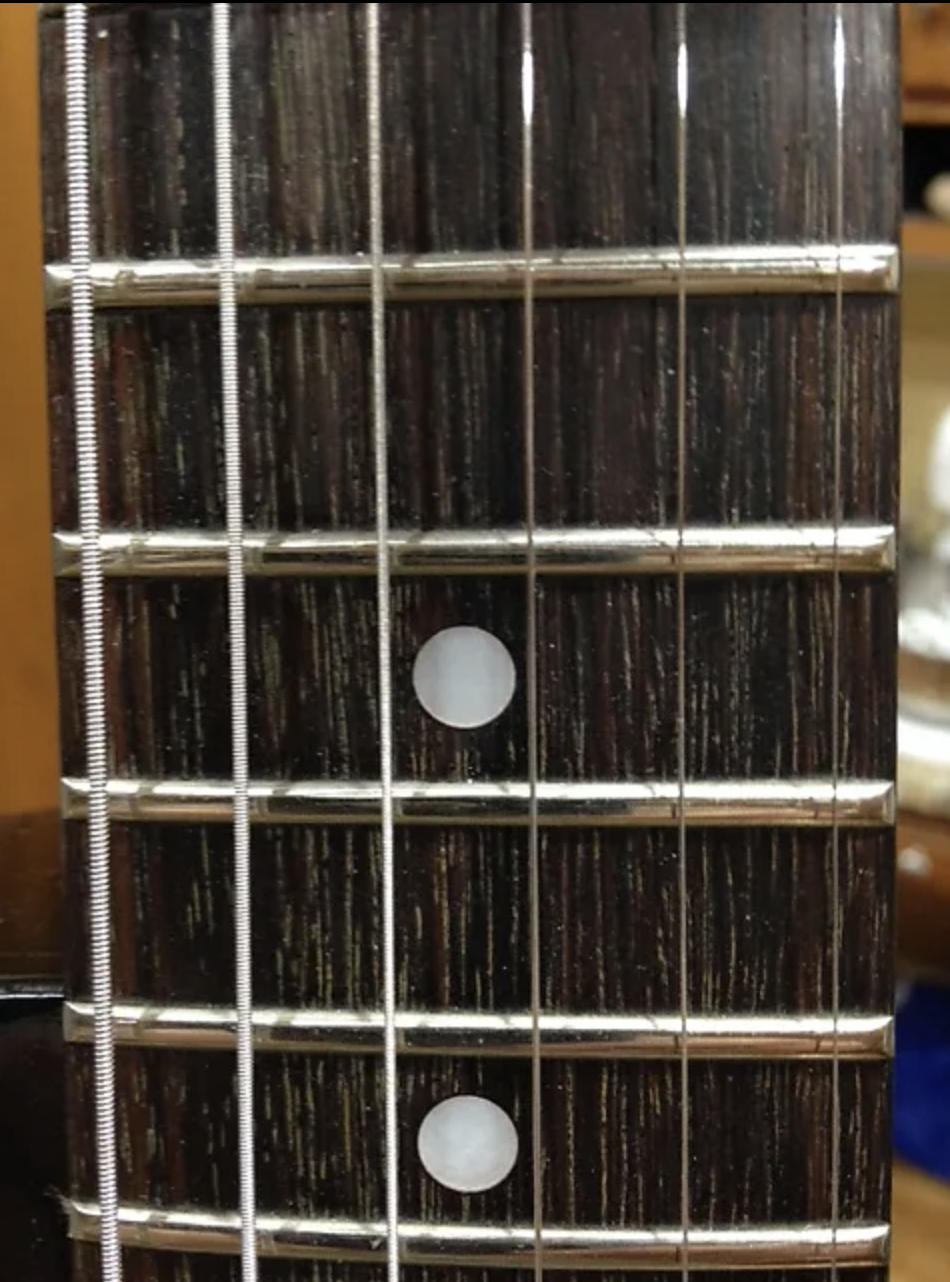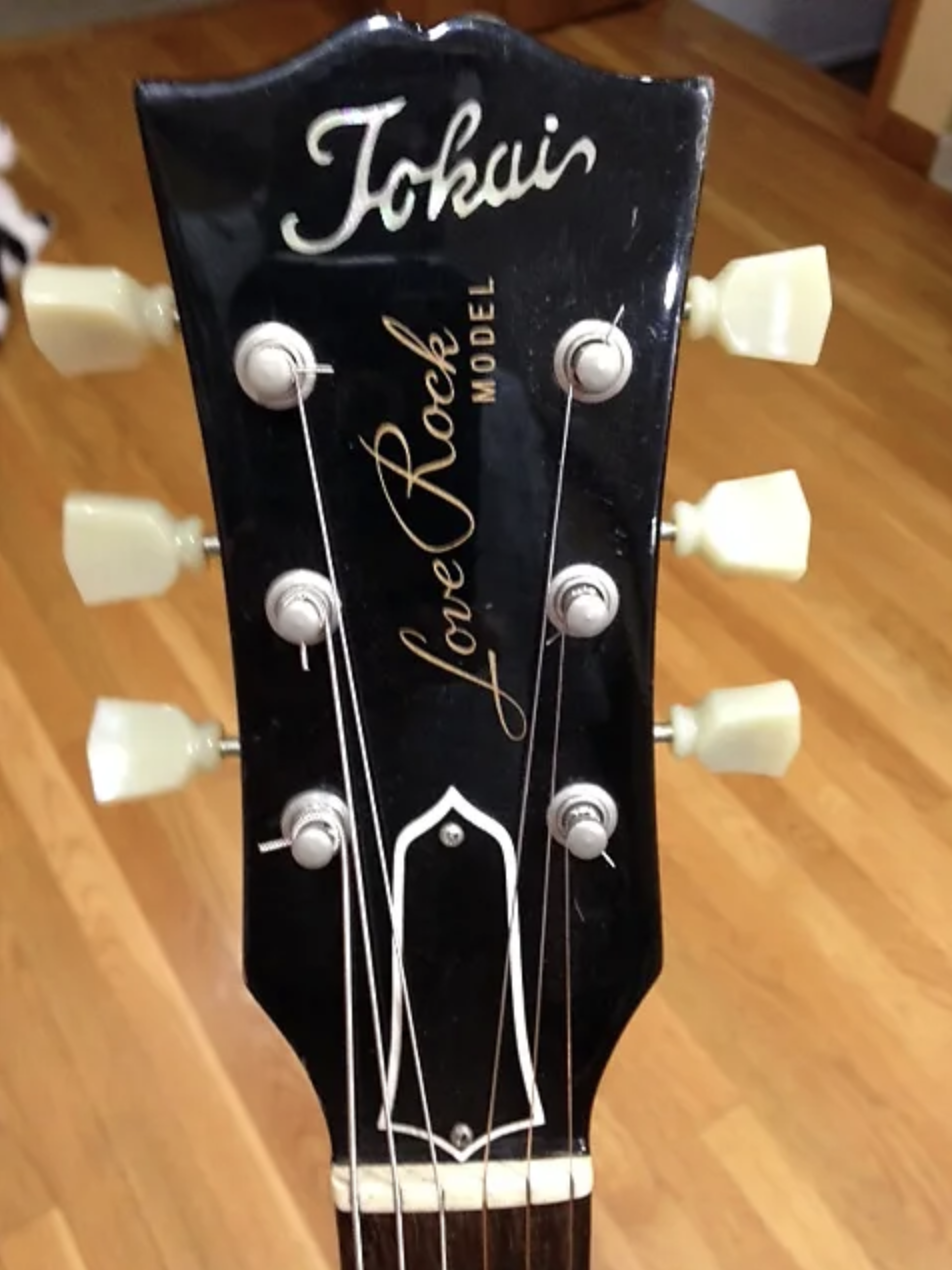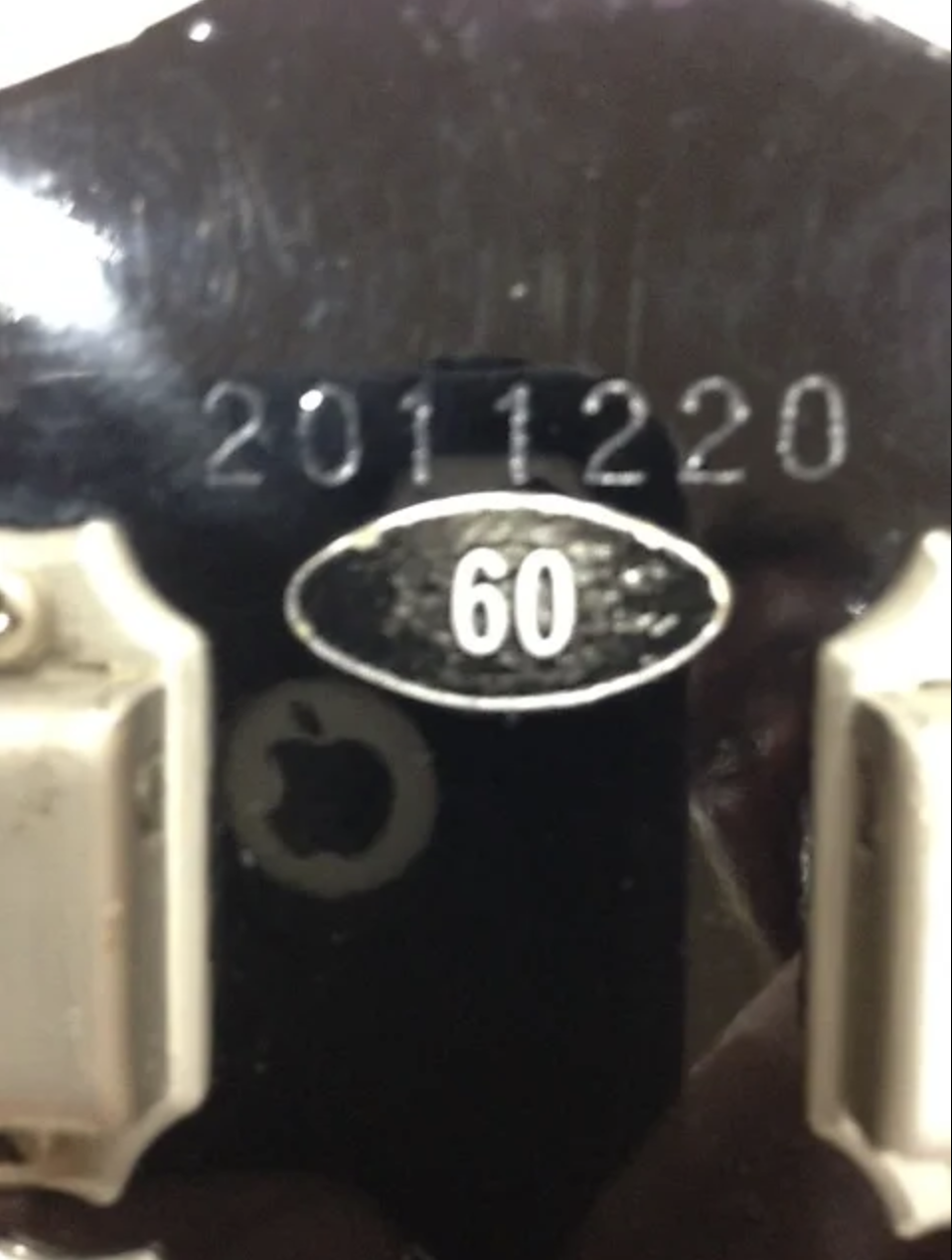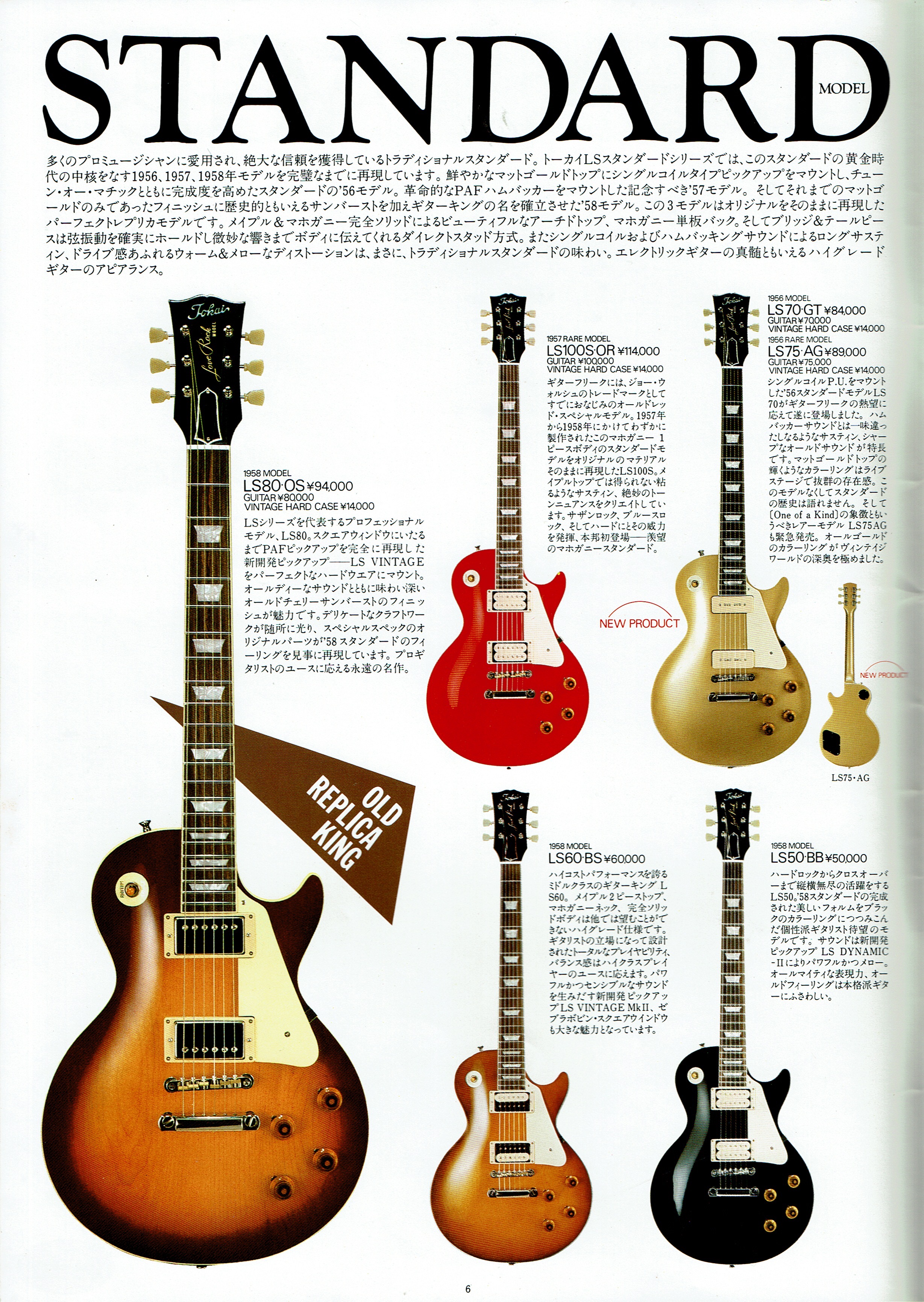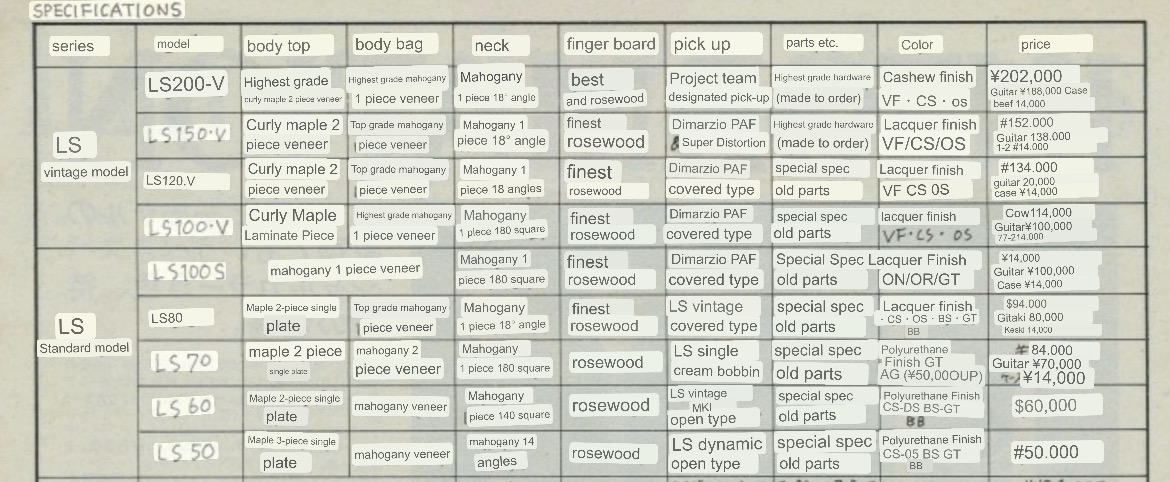To clarify what I’m saying, this is an Ibanez from 1974….
It has the same routs, and is clearly the early ancestor of later Ibanez and Greco guitars that have the later added notch to access the truss rod. Same as the Nagano SS38.
That together with the 1981 Greco SE450 that clearly states that Fujigen Gakki was the builder….
Seems like the dots are being connected.
https://www.ibanez-vintage.net/guitars/2375/
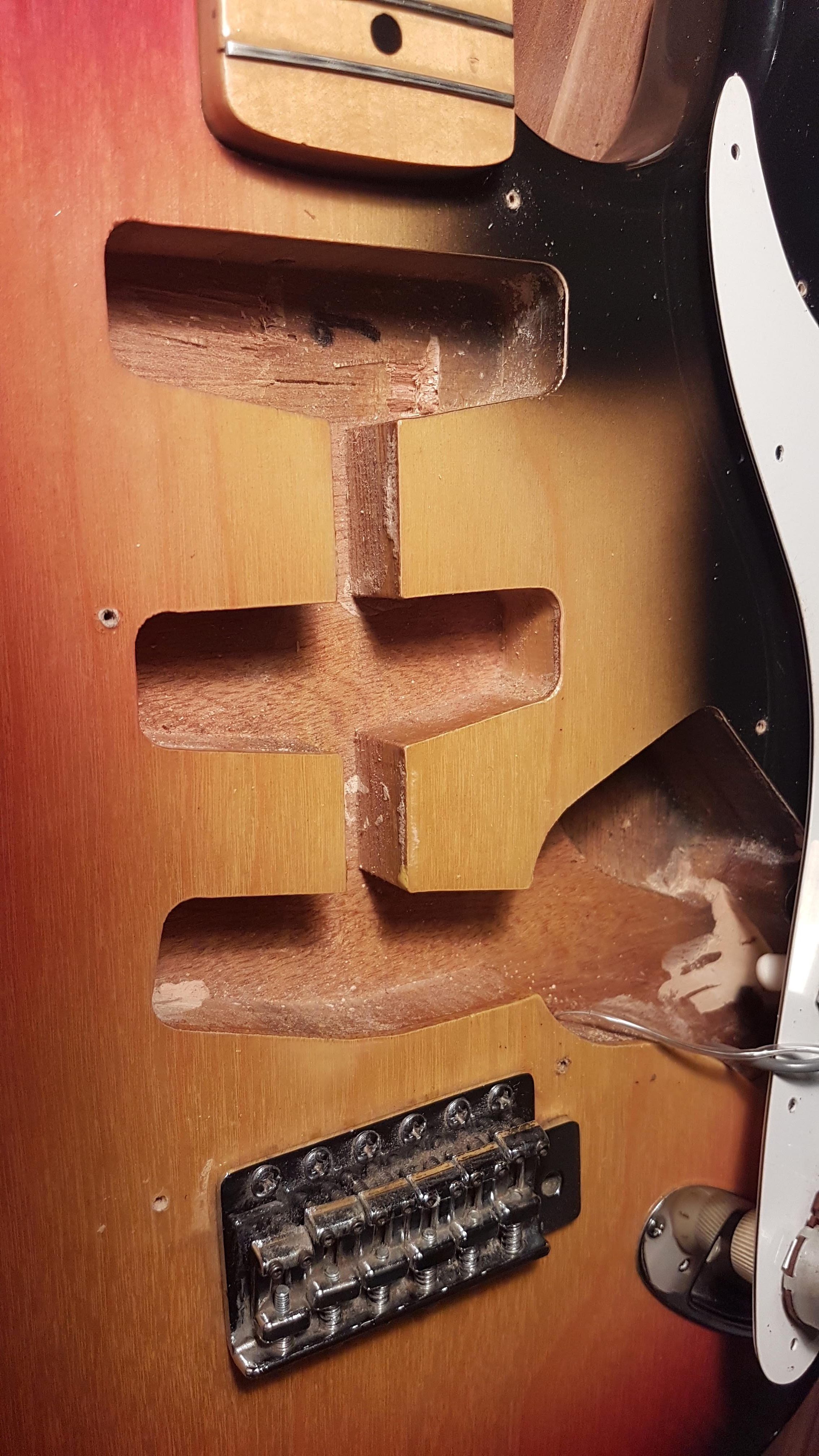
And to belabor the point, here’s an Ibanez from 1978, still a couple of years before Tokai put its name on guitars from Nagano with the exact same routing pattern.
https://www.creamcitymusic.com/vintage-1978-ibanez-silver-series-electric-guitar-natural-finish/
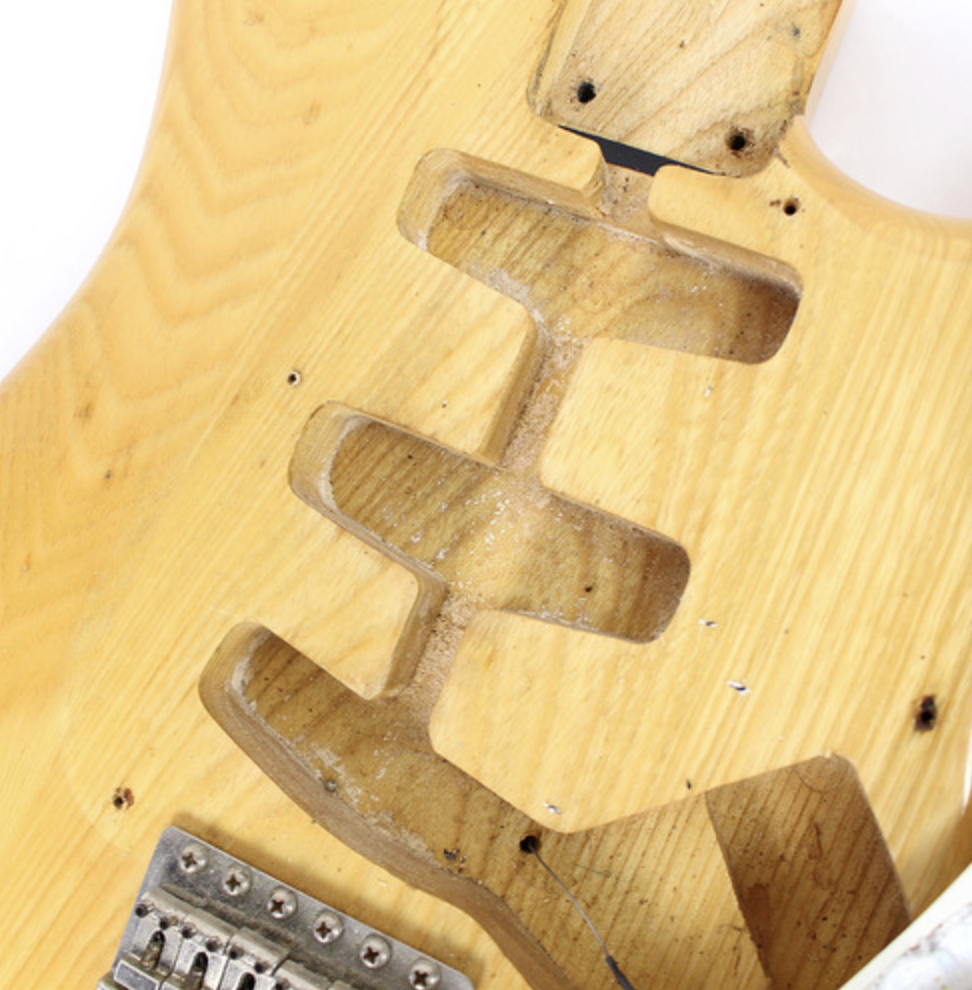
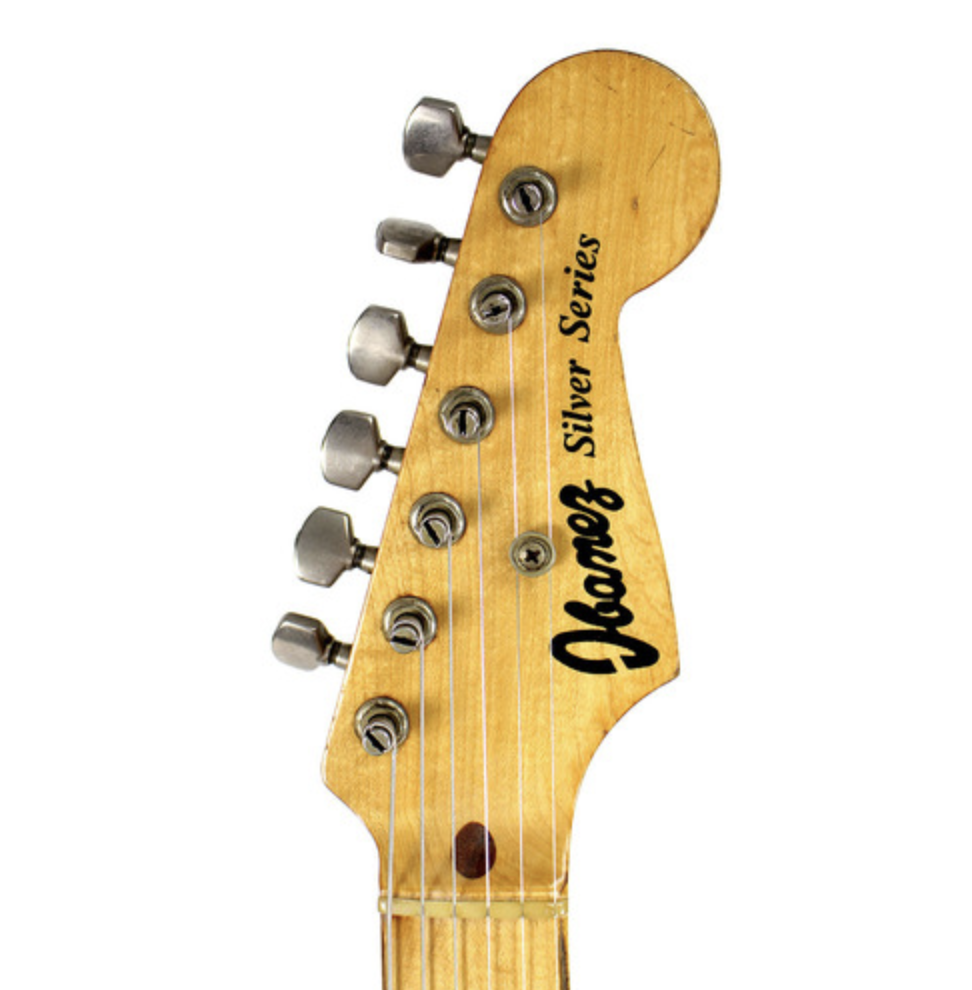
It has the same routs, and is clearly the early ancestor of later Ibanez and Greco guitars that have the later added notch to access the truss rod. Same as the Nagano SS38.
That together with the 1981 Greco SE450 that clearly states that Fujigen Gakki was the builder….
Seems like the dots are being connected.
https://www.ibanez-vintage.net/guitars/2375/

And to belabor the point, here’s an Ibanez from 1978, still a couple of years before Tokai put its name on guitars from Nagano with the exact same routing pattern.
https://www.creamcitymusic.com/vintage-1978-ibanez-silver-series-electric-guitar-natural-finish/






